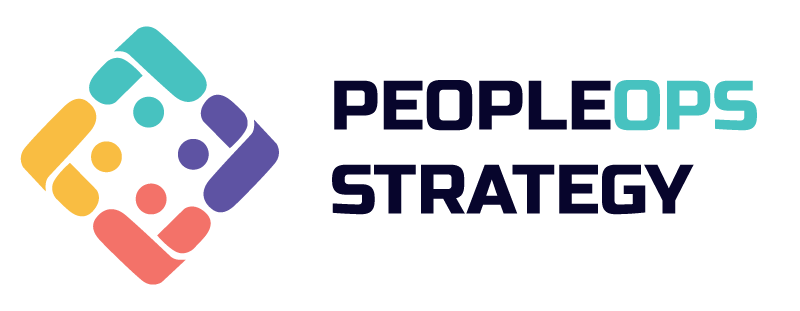
Fostering a Positive Work Environment Through People Operations
Creating a positive work environment is essential for any company. People Operations, or PeopleOps, plays a big role in making this happen. They focus on building a strong workplace culture where everyone feels valued and motivated. Let’s dive into how they do it.
Encouraging Employee Initiative
When employees feel they can take the lead on projects, it boosts their confidence and engagement. PeopleOps teams create opportunities for workers to show their skills and take on new challenges. This not only helps the employees grow but also benefits the company.
Building Trust with Transparency
Trust is key in any relationship, including workplace relationships. PeopleOps promotes transparency by keeping everyone in the loop about company changes and decisions. This open communication helps build trust and makes employees feel more secure.
Continuous Engagement Strategies
Keeping employees engaged is an ongoing effort. PeopleOps teams use various strategies to maintain high levels of engagement. This could include regular feedback sessions, training programs, and opportunities for professional development. When employees are continuously engaged, they are more likely to stay with the company and contribute to a positive work environment.
Preparing for Future Workplace Dynamics with PeopleOps
Adapting to Industry Trends
The workplace is always changing, and it’s important to keep up. PeopleOps teams help companies stay ahead by understanding new trends and making sure employees are ready for them. Workplace Communication is key here. When everyone knows what’s happening, they can adapt more easily.
Strategic Workforce Planning
Planning for the future is a big part of PeopleOps. This means thinking about what skills the company will need and making sure the right people are in place. It’s like having a game plan for a sports team. You need to know who will play what position and how they will work together.
Leveraging Data for Decision Making
Data helps PeopleOps teams make smart choices. By looking at numbers and trends, they can see what’s working and what needs to change. This way, they can make decisions that help the company and its employees succeed.
Connecting Employee Performance to Organizational Goals
Setting Clear Performance Metrics
To make sure everyone is on the same page, it’s important to set clear performance metrics. These are like the rules of a game, helping employees know what they need to do to win. When employees understand what’s expected, they can focus better and work smarter. This is a key part of HR Best Practices and helps improve Employee Engagement.
Regular Communication of Company Goals
Talking about company goals regularly is super important. When employees know what the company is aiming for, they can see how their work fits into the big picture. This boosts Employee/Manager Dynamics and makes everyone feel like they’re part of a team. It’s a smart HR Strategy that helps with Employee Retention.
Recognition and Reward Programs
Everyone likes to be recognized for their hard work. Setting up recognition and reward programs can make employees feel valued and appreciated. This not only makes them happy but also encourages them to keep doing their best. It’s one of the best HR Best Practices for keeping employees engaged and motivated.
Supporting Change Management and Employee Development
Handling Organizational Changes
Change is a part of every workplace. Supervisor Training helps managers guide their teams through these changes smoothly. Effective Supervision during transitions keeps everyone on track and reduces stress. Manager Training programs teach leaders how to handle new business directions, mergers, and other big changes.
Investing in Professional Growth
Employee Development is crucial for a thriving work environment. Training Programs and workshops help employees learn new skills and grow in their roles. Leadership Development is also important, as it prepares future leaders within the company. HR Training ensures that everyone is up-to-date with the latest practices and policies.
Creating a Resilient Workforce
A resilient workforce can handle challenges better. Managerial Skills are key to building this resilience. Regular Professional Development opportunities keep employees engaged and ready to face new challenges. Workplace Improvement initiatives, like continuous feedback and open communication, also play a big role in creating a strong, adaptable team.
Helping your team adapt to change and grow is key to success. We offer services like manager training and HR consulting to support your business. Visit our website to learn more and see how we can help you.
Conclusion
In the end, investing in supervisor training is a game-changer for any company aiming to create a thriving work environment. When supervisors are well-trained, they can better support their teams, leading to happier and more productive employees. This not only boosts morale but also drives the company towards achieving its goals. PeopleOps experts agree that a strong focus on training and development is essential for adapting to the ever-changing workplace. So, if you want your organization to succeed, start by empowering your supervisors with the right skills and knowledge. It’s a win-win for everyone involved.




